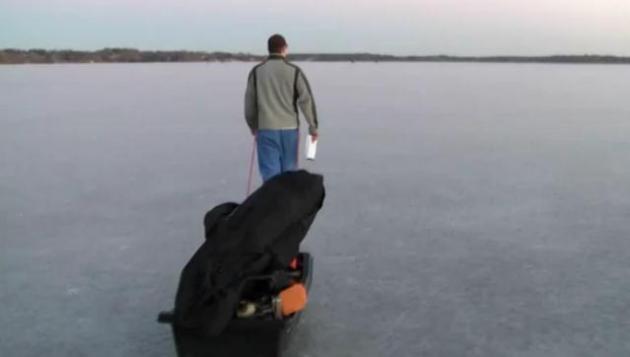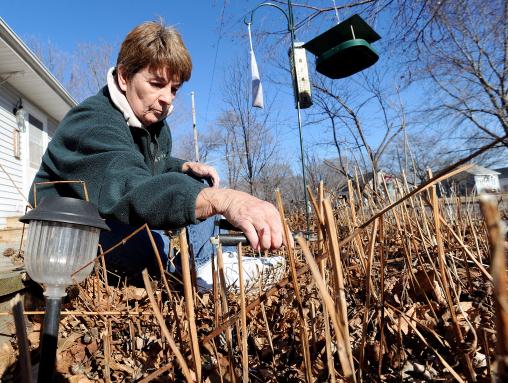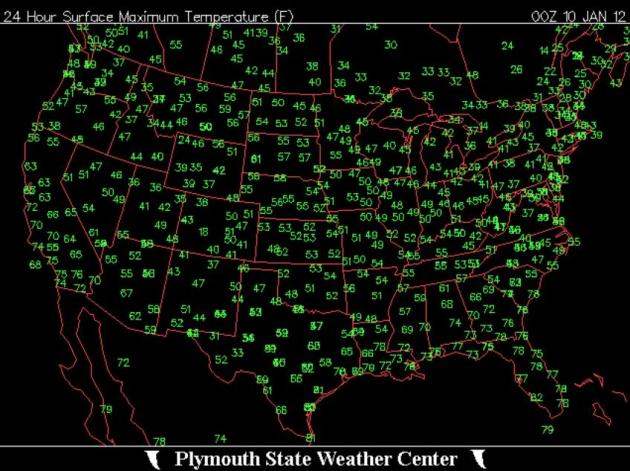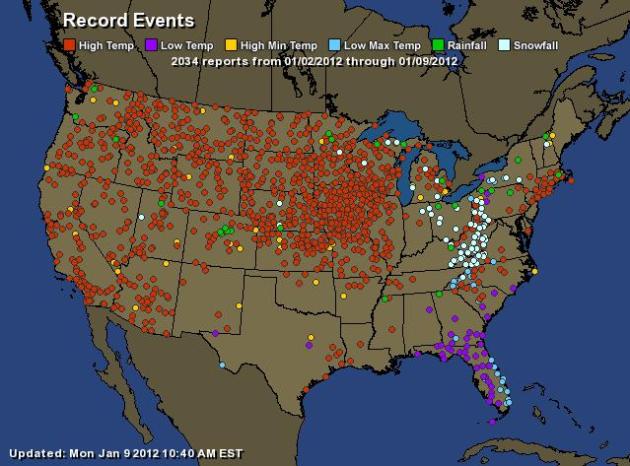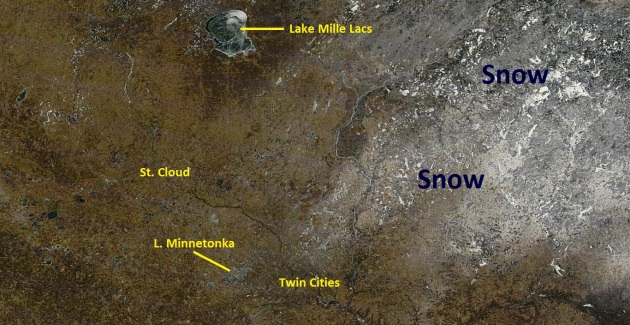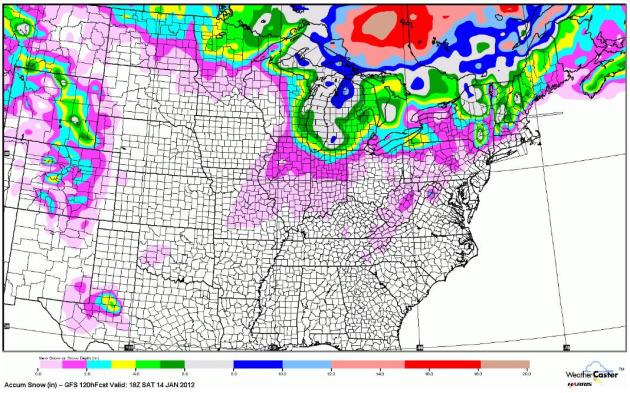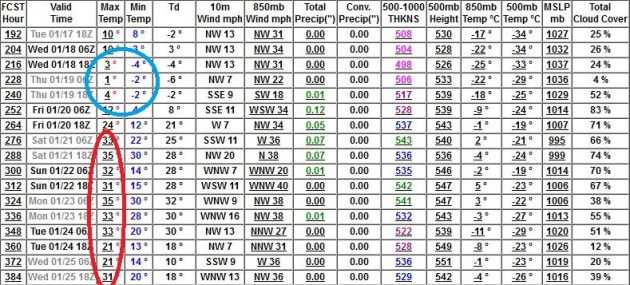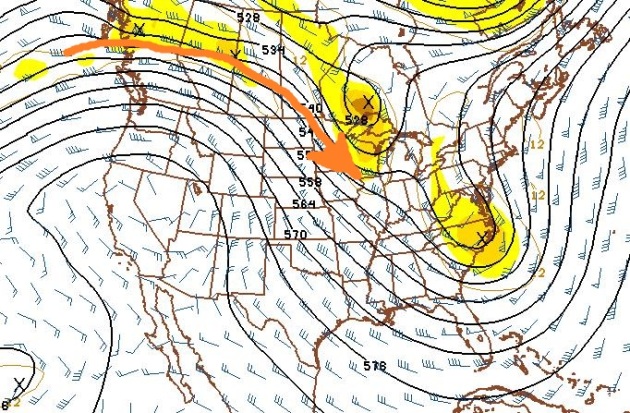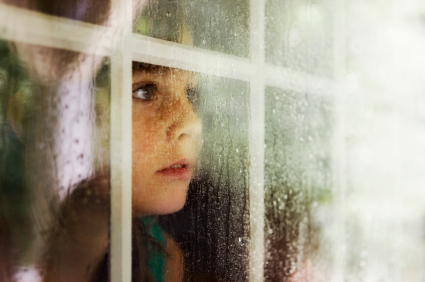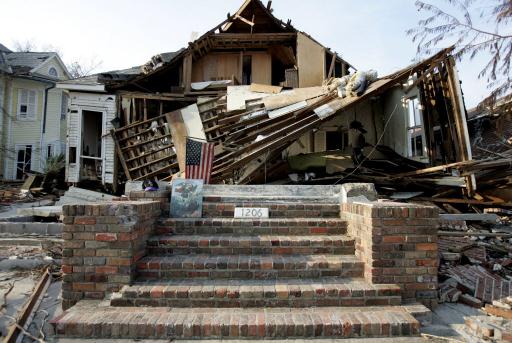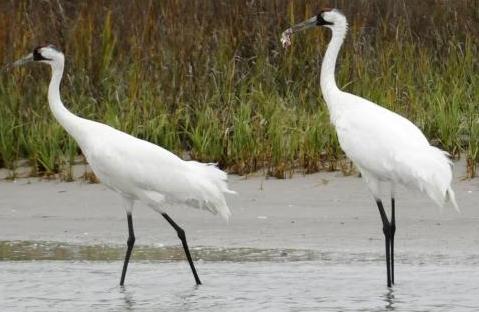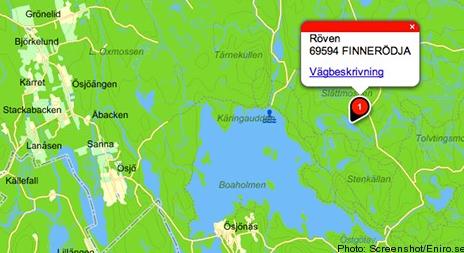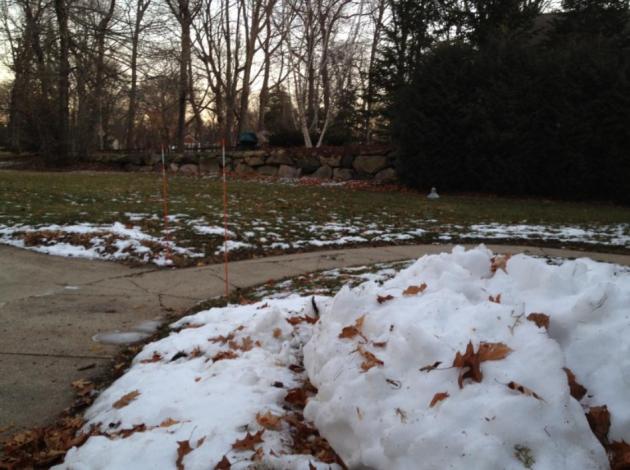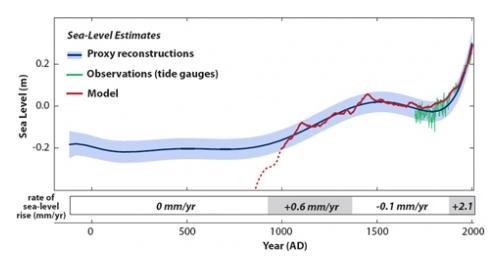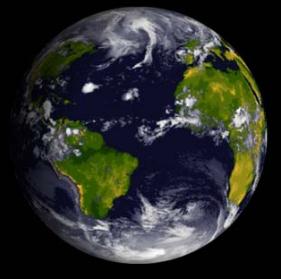49 F. high in the Twin Cities Monday, tying the all-time record set in 2002.
49 F. high at St. Cloud, breaking the old record of 47 in 1902.
23 F. average high for January 9 at KMSP.
16 F. high temperature on year ago, on January 9, 2011.
49 F. today's record high (set in 1990). We should break that by 1 pm at the latest.
April 5: average high for April 5 in the Twin Cities is 52, today's predicted high.
29 days above 32 F. since December 1 in the metro area.
12 days above 40 F. since December 1 in the metro area.
Coating - 1/2" light snow possible Wednesday as much colder air arrives.
0: number of subzero lows so far in the Twin Cities. St. Cloud saw 2 nights below zero in December, 2011.
January 18-19: first subzero temperature of the winter for the Twin Cities? The record for the latest subzero low is January 18, set in 2002
-22 F. January temperatures in Fairbanks, Alaska are running 22 degrees below average, to date.
"To be interested in the changing seasons is a happier state of mind than to be hopelessly in love with spring." - George Santayana
Ice-Fishing On 'Tonka. Tag along with WeatherNation meteorologist David Neal as he tries his luck at ice fishing on Lake Minnetonka last weekend. The YouTube clip is
here. Not sure I'd want to be out there today.
A Little January Gardening? Yes, I did a double-take too, but why not? "
Karen Theile takes advantage of the warm January weather by cutting back dead flower stems in her garden Monday, Jan. 9, 2012, in front of her Goodview home on 47th Avenue in Winona, Minn. Theile said she didn't get to the task in the fall, but with the temperature reaching 40 degrees, she was able finish it among other outside projects like cutting broken tree branches and cleaning flower pots. (AP Photo/Winona Daily News, Andrew Link)."
January 9, 2012 Highs. Hard to believe temperatures bottom out on Thursday (at least in the metro, where January 12 is the coldest day of the year, based on a rolling 30-year average). It was warmer in Rapid City, South Dakota (61) than Tucson, Arizona (58). 50s in Montana? Map courtesy of
Plymouth State Weather Center.
A Few Record Highs. A few thousand records, to be accurate - 2,034 since January 2, according to NOAA. Click on the
interactive map from Ham Weather to drill down to specific regions of the USA with detailed information about each record. While Florida has seen record cold the vast majority of the nation has enjoyed an airmass more typical of late March or early April.
Time For Your (April-Like) Satellite Close-Up. The Monday midday NASA "MODIS"
250 meter image shows a little snow on the ground north/east of the metro area, but there's plenty of brown out there across central and southern Minnesota. Look carefully at the high-res image and you can see massive cracks on Lake Mille Lacs, so big they show up from space. There's open water on Mille Lacs. Best to wait another week or two before testing the ice there.
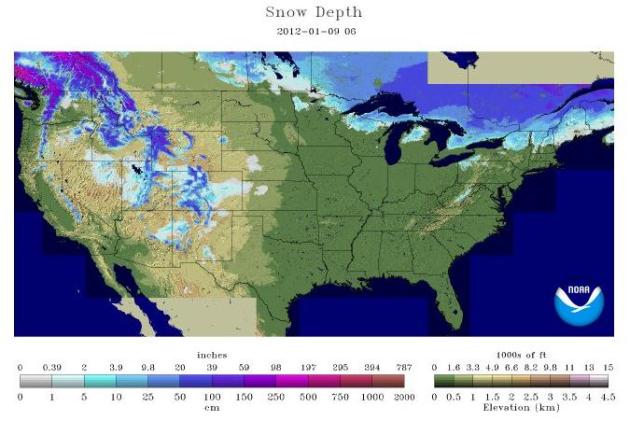 A January To Remember
A January To Remember. My hunch: this is probably as bleak a snowcover map as we'll see over the next 2 months. Less than 18% of the USA has snow on the ground, compared to 48% last year at this time, and 53% of America in early January, 2010. With a return to seasonably cold weather east of the Rockies snowfall should increase in the weeks ahead. That said, there's little doubt that winter snowfall amounts will be a fraction of last years. Map courtesy of
NOAA's NOHRSC division.
 The Sap is Running; Warm Weather Messes With Nature
The Sap is Running; Warm Weather Messes With Nature. Our super-sized January Thaw is messing with our heads, and nature is responding as well, as reported by
KARE-11: "
ELLSWORTH, Wisc. - As the operator of a Maple Syrup business for more than 50 years, Lyle Stockwell will tell you the weather has been perfect for gathering sap: warm days and freezing nights. Perfect - if it weren't January 9. Stockwell founded S & S Sugar Bush near Ellsworth, Wisconsin in 1959. Never has he experienced winter weather like this. "This would be ideal for March weather," he says. With Monday's temperatures reaching the upper 40s, Stockwell pointed to a thin broken branch on a maple tree dripping sap. "Because the weather's warm, that's what's doing it," he explains. "The tree wants to start to feed the buds."
 Warm Weather Puts Brakes On Ice Fishing
Warm Weather Puts Brakes On Ice Fishing. Other nearby states are feeling the pain, too. Here's a story from
WISN.com in Madison, Wisconsin: "
PEWAUKEE, Wis. -- The unseasonably warm temperatures are putting the brakes on a popular winter sport.Some worry ice fishing might not be an option this winter for southeastern Wisconsin lakes.Don Eicher was eating with friends Monday, but this time of year, he'd rather be ice fishing.“When the ice is good, I usually go about once a week,” Eicher said.The ice at Pewaukee Lake isn't thick enough for anglers to go out on the water."
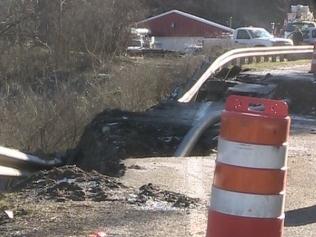 Warm Winter Weather Causes Road Pavement To Slip
Warm Winter Weather Causes Road Pavement To Slip. The story from
WBOY-TV in Clarksburg, West Virginia: "
You might get delayed on your way to work this winter, but not because of the usual snow and ice. "There is an old Italian proverb; what you make on the bananas you lose on the peanuts. So that's where we are right now," said Division of Highways District 4 Manager Greg Phillips. With about 150 slips on roads that have fallen in on themselves, DOH District 4 is busy. But it's not salt this winter that's keeping them that way. "We haven't had a lot of snow," he said. "We haven't had the cost of manpower and materials. But we have had to deal now with a lot of slips in our area that are very costly."
Lack Of Snow A Sticking Point For Some Maine Businesses. From the
Bangor Daily News: "
Christmas has come and gone. So has New Year’s Eve and New Year’s Day.And, to the consternation of many in Maine, what little snow has fallen in the state hasn’t stuck around either. Between 1 and 2 inches of snow fell Friday in southern Maine, with trace amounts elsewhere, but still the amount of snowfall for much of the state is below average for this time of year.“It’s Mother Nature. She’s playing tricks on us, or something. Now it’s getting nerve-racking,” said Terry Hill, whose cash flow is nonexistent because her rental cabins are empty at Shin Pond Village, north of Baxter State Park, normally alive this time of year with the buzz of snowmobiles.Nationwide, the lack of snow is costing tens of millions of dollars in winter recreation, restaurant, lodging and sporting goods sales, according to experts."
Photo credit above: "
A sign mocking winter is seen outside a convenience store that caters to outdoor recreational activities, Thursday, Jan. 5, 2012, in Harrison, Maine. (AP Photo/Robert F. Bukaty)."
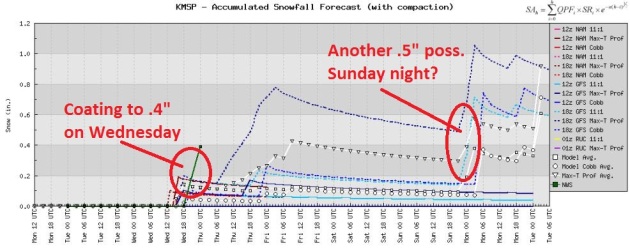 Couple Of Nuisance Snows?
Couple Of Nuisance Snows? The arrival of a much colder front tomorrow may squeeze out a quick coating of snow, models hinting at another (minor) snowfall Sunday night. Shocking news: as long as winds aloft howl from the west to northwest it's going to be tough getting any significant (Gulf)
moisture into Minnesota - the odds of a real snowstorm are slim to nil looking out 2 weeks.
A Little Late For Lake Effect. A series of Alberta Clippers spinning up along the leading edge of advancing, Canadian air will drop a few inches of snow on far northern Minnesoeta, maybe as much as 4-8" downwind of the Great Lakes. Lake effect in mid January? Perfectly natural during the Bizarre Winter of '12.
Quick Jab Of Arctic Air? The extended models keep going back and forth on the length and severity of any (real) Canadian air - evidence of unusually strong and unstable jet stream winds aloft. But there's growing evidence that a quick cold snap may be brewing around January 18-19, possibly the first subzero stretch of winter for the Twin Cities. But note how quickly the mercury bounces back up again after January 21, as winds aloft resume howling from British Columbia, rather than the Yukon.
Extended Outlook: More (Pacific) Air. After a quick arctic-slap around January 18-19 jet stream steering winds are forecast to blow from the west/northwest, originating from British Columbia, a modified Pacific flow of relatively mild air. That could mean highs in the 30s, even a few 40s during the last week of January. Confidence level is low, but I see no evidence of a sustained, blistering, subzero stretch of weather for Minnesota through the end of January. GFS 500 mb (18,000) foot forecast above valid midday, January 25.
"It is best to read the weather forecast before praying for rain." - Mark Twain
Tornado Strikes Mall Of The Mainland In Texas City.
KHOU-TV in Houston has more details of a possible tornado touchdown Monday around 1 pm: "
TEXAS CITY, Texas – A tornado touched down Monday afternoon at the Mall of the Mainland in Texas City. Customers inside said everything suddenly started blowing around about 1 p.m.. The wind peeled back the mall's roof in at least three spots and that sent rain gushing through "like a river." There's 2 to 3 inches of water throughout the mall. Dow and Debbie James were at a movie theater in the mall when the tornado hit."
January Flooding. Frame-grab from the Richmond, Texas weather station, courtesy of Earth Networks.
Texas Rainfall Amounts:
Fort Bend County - - southwest suburbs of Houston:
RCHJL - - 5.65 inches of rain at Jane Long ES in Richmond, TX
RCHMS - - 3.96 inches of rain at Briscoe JHS in Richmond, TX
SGRLN - - 2.59 inches of rain at St. Laurence Catholic School in Sugar Land
Harris County - - Houston TX city
HSTNB - - 4.46 inches of rain at Braeburn ES in Houston, TX
HSHNB - - 4.36 inches of rain at Horn Elementary in Houston
HOUS1 - - 4.17 inches of rain at Roberts Elementary in Houston
DEPRK - - 4.01 inches of rain at Deer Park JHS in Deer Park, TX
BLLRC - - 3.89 inches of rain at Condit Elementary in Bellaire, TX
* Thanks to James Aman from Earth Networks for passing this along.
Brief Break In The Action For (Cold/Snowy) Alaska. From the Alaska National Weather Service: "
Excessive snowfall over the past six weeks in the eastern portion of Prince William Sound, Alaska, has resulted in an extreme avalanche hazard and potentially dangerous snow loading on structures. More than 57 inches of snow has fallen in locations near Prince William Sound, with an additional 2-4 inches is possible tonight."
Mississippi Fails To Protect Buildings, People From Hurricanes, Report Concludes. The report from
SunHerald.com: "
Mississippi rated far worse than 17 other hurricane-prone states in an insurance-industry study of building codes and enforcement designed to protect lives and property. The Insurance Institute for Business & Home Safety gave Mississippi four out of a possible 100 points. Mississippi was the only state with a single-digit score. The next lowest scores were for Delaware at 17, and Alabama and Texas at 18 each. Florida and Virginia scored highest, with 95 points each. Mississippi scored so low, the report said, because the state has no statewide building code or mandatory enforcement, no programs or requirements for building inspectors, and licensing requirements only for contractors. The state got its four points for the contractor licensing requirements that are in place."
Photo credit: "
The brick and mortor steps are all that remain of a beach home in Gulfport Mississippi, seen Friday, Sept. 2, 2005. (AP Photo/The Dallas Morning News, Michael Mulvey)"
Drought Threatens Flock Of Whooping Cranes.
USA Today has the story: "
FULTON, Texas (AP) – Raising its slim, white neck out of the waters of the Gulf of Mexico, one of the world's last surviving whooping cranes hungrily searches a Texas marsh for the blue crabs and berries it devours during its annual migration to the Gulf Coast. The high-protein diet is supposed to sustain North America's tallest bird through the winter and prepare it for the nesting season in Canada. But this year, the state's devastating drought has made food and water scarce, raising worries that the parched conditions could threaten the only self-sustaining flock of cranes left in the wild." Photo courtesy of Pat Sullivan, AP.
DNA McSpray To Foil Thieves: McDonald's To Use Anti-Theft Spray. This is one of the stranger stories I've read lately, courtesy of Australia's
news.com.au:
"McDONALD'S restaurants are fighting back against thieves by blasting suspected robbers with an invisible DNA spray as they attempt to flee. The spray, which remains on the suspect's skin for two weeks and on clothes for up to six months, has been introduced in some of the chain's busiest NSW stores, including those at Parramatta, Granville, Auburn, Lidcome, Kingsford and Wollongong, reported The Daily Telegraph. If the SelectaDNA "forensic marking" spray proves successful in apprehending bandits, McDonald's will introduce the system across all its 780 Australian outlets."
Photo credit: "
Spray contains artificial DNA which remains on clothes for up to six months. Picture: The Daily Telegraph."
 "Frequency" Makes Any Web Site A Video Channel.
"Frequency" Makes Any Web Site A Video Channel. I thought this was vaguely interesting, courtesy of
mashable.com (and Jason Parkin - thanks Jason!)
Quick Pitch: Frequency compiles websites’ video content into television-like channels.
Genius Idea: Using both social feeds and any website’s video content to create a better web viewing experience.
"
With more than 3 billion videos viewed every day, YouTube still only accounts for about 44% of videos viewed globally, according to comScore. Other video upload sites such as Vimeo, news outlets and other websites account for the rest. Frequency, unlike most web video players, doesn’t ignore this video content outside of YouTube. It creates video channels from sites that use their own players, putting all of the site’s videos in one spot. LIke VHX and Shelby.tv, Frequency also compiles videos from social feeds so that you can, for instance, see all the video channels that your Facebook friends have posted — even if those videos are deep within an article rather than a standalone video."
 Lexus Unveils New LF-LC Hybrid Concept
Lexus Unveils New LF-LC Hybrid Concept. Yes, it's unlike anything I've ever seen on the highway - let's hope Lexus gives this on a green light (although, sadly, I doubt it).
Boston.com has more details: "
Lexus unveiled a sleek, powerful concept sport coupe Monday that the luxury brand said offers a look at how its future offerings might be designed. The two-door, four-seat LF-LC hybrid, which features an expansive glass roof, was displayed for the first time at the North American International Auto Show in Detroit. It features tail lamps inspired by the look of jet airplane afterburners. "We wanted this to be a gorgeous car, but we also wanted everything to be functional with a focus on the driver," said Lexus general manager Mark Templin. The LF-LC is packed with technology, including a touch-screen device in the center console that allows the driver to control some of the vehicle's systems as well as two 12.3-inch LCD display screens. Touch-screen surfaces on each door operate windows, mirrors and seats."
Sweden's Silliest Place Names Revealed. Sweden's "
The Local" has the very funny story (rated PG):
"We will start close to the famous ski town of Mora in central Sweden, where there is a little place with a rather eye-catching name. Perhaps it's a description (let's hope not), or maybe it was just named when the word had a completely different meaning, but for whatever reason, someone, at some point in time, found it appropriate to name this place Rövhålet, which literally translates to The Butthole. When one starts to dig deeper, it turns out out Swedes have named plenty of places after that particular body part. People outside Uppsala, for example, can take a stroll in the terrain of Djupröven (Deep Arse), and outside Gothenburg one can enjoy a swim in any of the Yellow, Small or Big Arse lakes (Gula Röven, Lilla Röven, Stora Röven)."
"It doesn't hurt to be optimistic. You can always cry later." - Lucimar Santos de Lima (photo credit
here).
 Today's Weather Map
Today's Weather Map. NOAA's WRF model predicts strong/severe storms rumbling across the Gulf Coast, showery weather capable of (minor) delays from Atlanta to Dallas. The leading edge of much colder air will generate snow across Idaho and Montana.
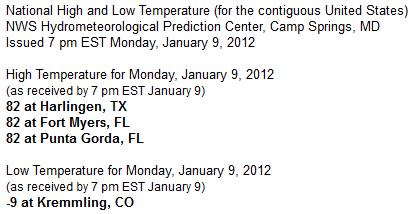 Exhibit A: "Snow" Piles
Exhibit A: "Snow" Piles. Yes, there are still a few nagging piles of slush in my yard. Can yo usee the orange and white driveway stakes? They mock me ever morning - where's the snow, Paul? Good question. One of these days...
Mt. Lemmon, Arizona (outside Tucson). Image courtesy of
virtualtourist.com.
Upside-Down Winter
Snowbirds are at a rare (and welcome) loss for words this winter. You see, parts of Arizona and New Mexico have picked up more snow than Minnesota. How is that possible?
Sara and Derek Hersha drove up for the holidays from New Mexico, promising their snow-starved kids (ages 6 and 10) they'd have a white Christmas. "They arrived, hoping and expecting to see snow, as they have every other year," said proud grandpa, Bill Schleuter, who works with me at WeatherNation. No such luck. So they turned around, drove back to Tucson - making the trek to nearby Mt. Lemmon, where there was plenty of snow. What's wrong with this picture?
There have been over 2,000 records in just the last week (check the
map on my blog) and we'll see more today; a good shot at a record-breaking high of 52. That's average for April 5, BTW.
Soak up the warmth because a reality-check is on tap for the latter half of the week; nothing "arctic", but a return to average will feel bitter. Yes, we've become hopelessly spoiled.
The AO (arctic oscillation) is going negative, meaning colder weather in the weeks ahead.<p>We may still set a record for the latest subzero low at MSP (January 18). Stay tuned.
Climate Change And Sea Level Rise: "An Emerging Hockey Stick". The story from
climatecrocks.com: "
Since we have such an active community of armchair oceanographers and spreadsheet Glaciologists here, I thought it would be useful to speak to the real thing, the people who actually spend time on the ocean, on the ice sheets, do the measurements, and come back to share that knowledge with us. I had just that opportunity at the American Geophysical conference in December. I spoke to Josh Willis, Oceanographer with NASA at the Jet Propulsion Lab – Josh is one of best known young ocean scientists on the planet. He pointed me to the recent Kemp et al study of tidal marshes on the US East coast, which has produced a long record of sea level over the last 2000 years, complete with a very Hockey-stickish uptick during the last 200 or so."
Snow Drought Forces Colorado To Face Frightening New Climate-Change Reality. The Colorado Independent has the story: "
Just a year after record snowfall throughout much of the Rocky Mountain West, the region is locked in a snow drought not seen since Jimmy Carter surrendered the White House to Ronald Reagan in the early 1980s. “We have had some very unusual weather so far this season,” Vail Resorts CEO Rob Katz said Friday. “For the first time in 30 years, a lack of snow has not allowed us to open the back bowls in Vail as of January 6, 2012, and, for the first time since the late 1800s, it did not snow at all in Tahoe in December.” Vail saw eight inches of new snow on Saturday, but it still wasn’t enough to open the vast majority of the mountain. Ski industry woes aside, state water watchers and firefighters are nervously eyeing the miniscule mountain snowpack, which supplies so much of the water used by Front Range cities. As of Dec. 30, snowpack in the Colorado River basin was 44 percent of last year’s record level and just 63 percent of the annual average."
Carbon Emissions "Will Defer Ice Age". Well, that's just lovely. The last thing I want to be tracking on Doppler radar is a 1-mile thick ice sheet coming south on I-35. The
BBC reports: "
Human emissions of carbon dioxide will defer the next Ice Age, say scientists. The last Ice Age ended about 11,500 years ago, and when the next one should begin has not been entirely clear. Researchers used data on the Earth's orbit and other things to find the historical warm interglacial period that looks most like the current one. In the journal Nature Geoscience, they write that the next Ice Age would begin within 1,500 years - but emissions have been so high that it will not."
Climate Change Is Undeniable And Must Be Addressed Now, Says Former U.S. Senator Ted Kaufman. An article from
Climate Progress: "
We are beginning a new year, and the silence in Congress is still deafening. Will there ever be a debate about what should be done to deal with climate change? Oh, you don’t “believe” in it? If you do not, please, suspend that belief system for just a few minutes and take a look at what the major scientific organizations in this country say. Go to their webpages. Examine the mountain of evidence that has convinced 97 to 98 percent of climate researchers that climate change is a stark reality, and that human behavior has been a contributing factor to it."
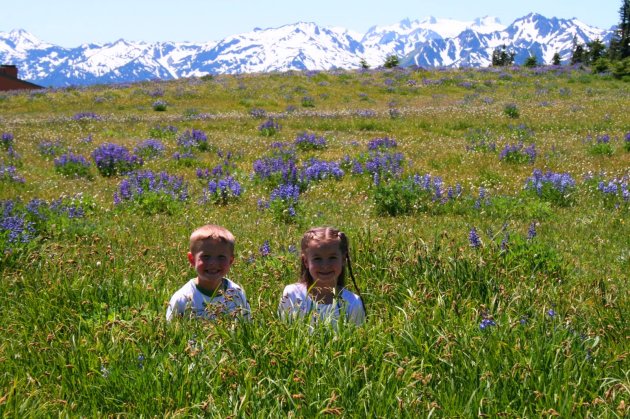 Climate Change Can Cause Alpine Meadows To Disappear In Coming Decades: Study
Climate Change Can Cause Alpine Meadows To Disappear In Coming Decades: Study.
DNA.india.com has the details: "
A new study of changing mountain vegetation has suggested that some alpine meadows could disappear within the next few decades as a result of climate change. The first ever pan-European study carried out by an international group of researchers revealed that climate change is having a more profound effect on alpine vegetation than expected. Led by researchers from the Austrian Academy of Sciences and the University of Vienna, biologists from 13 different countries in Europe analysed 867 vegetation samples from 60 different summits sited in all major European mountain systems, first in 2001 and then again just seven years later in 2008."
Ocean Floor Reveals Past Climate Changes. From
Voice of America: "
As the earth’s climate changes, one tool for understanding its environmental impacts is the study of past climate changes, revealed by layers of sediment scientists take from the sea floor.At the Lamont-Doherty Earth Observatory in Palisades, New York, frozen samples of those sediments are housed in a facility called the Core Repository. Lamont research professor Maureen Raymo, the director of the Core Repository, slides open a long, narrow drawer from the cabinet. Like thousands of others here, the drawer contains a long, thin cylinder of layered sediment."
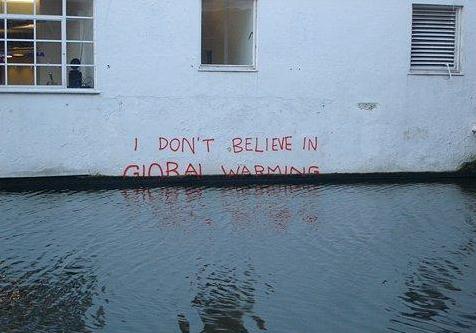 2012's Not Quite Hopeless Climate U.S. Climate Policy.
2012's Not Quite Hopeless Climate U.S. Climate Policy. From
Huffington Post: "
Some of my climate scientist colleagues at Columbia University's Earth Institute are frustrated about the inability of the U.S. Congress to enact new legislation on climate change. They are dismayed by the effort to deny the results of their analyses and amazed to find their laboratories thrown into the political food blender. I am a little surprised as well, although having seen this happen to both evolution and stem cell science, I am getting used to this form of misguided manipulation. It is also important to understand that American public policy rarely moves forward in great rational leaps. It is more often characterized by meandering incremental steps designed to make problems less bad rather than "solve" them. When public policy works it is often a case of two steps forward and one step back."
Global Climate Change Research Explorer.
Here's an interesting site, if you want to learn more about climate change, courtesy of the NSF, the National Science Foundation.

